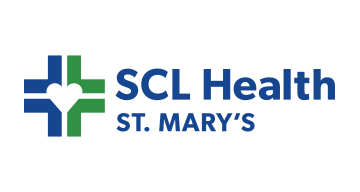


Artificial intelligence (AI) promises to transform healthcare by unlocking insights from data that can improve efficiency, lower costs, and enhance patient outcomes. As AI techniques such as machine learning, natural language processing, and computer vision advance, they have the potential to revolutionize clinical care and hospital operations.
Leading healthcare organizations are already leveraging AI to optimize everything from medical imaging and diagnostics to population health management and administrative workflows. AI-powered solutions deliver more proactive, preventive, and personalized care by analyzing patient data to identify trends, risk factors, and opportunities to intervene.
In the pursuit of competitiveness, AI-powered enterprises have taken a decisive lead, but for those that hesitate or lag behind, there’s still an opportunity to catch up by identifying and implementing the right tools to gain an advantage.








Take the first step towards unlocking capacity, generating ROI, and increasing patient access.
If you work in the healthcare industry, or even if you’re just an interested observer, you don’t need a book to tell you that the financial pressure is on as never before. A perfect storm of circumstances is swirling together, one that will make survivability, not to mention profitability, a greater challenge for healthcare companies than we’ve seen in the modern era.
As with banks, retailers, and airlines, which had to rapidly enhance their brick-and-mortar footprints with robust online business models—it is the early movers eager to gain new efficiencies that will thrive and gain market share. The slow-to-move and the inefficient will end up being consolidated into larger health systems seeking to expand their geographical footprints.
Let’s look at just a few of the looming challenges healthcare must meet head-on.
An aging population
By the year 2030, the number of adults sixty-five years of age or older will exceed the number of children eighteen years or younger in the United States. We are living longer than our parents did. Positive news for sure, but problematic for several reasons.
The older we get, the more medical help we need. Older people have more chronic diseases. By 2025, nearly 50 percent of the population will suffer from one or more chronic diseases that will require ongoing medical intervention. This combination of an aging population and an increase in chronic diseases will create a ballooning demand for healthcare services.